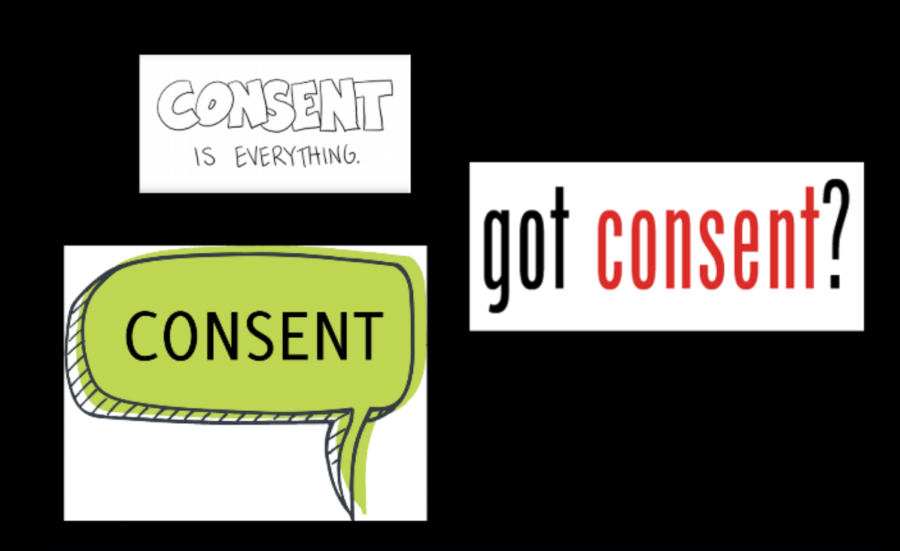Opening The Conversation: Consent in College
With recent cases of sexual abuse, there has been a rising awareness of sexual assault throughout the nation. However, something that may not be discussed enough is how to prevent it. One step in the right direction is educating young people on sexual consent.
This is exactly what Pace University organizations, Fight Ignorance and Rape with Education (FIRE) and the Center for Community Action and Research (CCAR) did Wednesday, March 28. The one-hour session that took place in Kessel room C/D was presented by Pace University’s Sexual Assault Prevention Education Specialist, Erin Doolin and FIRE Peer Educator, Krysta Colon. The purpose of the event was to clarify miscommunications that often happen, rather than to preach the definition of consent.
“Consent is something a lot of students think they understand, but a lot of people come to college not knowing,” Colon said.
As everyone went around the room introducing themselves and their preferred pronouns, eyes wandered to the poster that revealed a snippet of Pace University’s sexual misconduct policy. It stated the university’s take on consent, which they defined as “a knowing, voluntary, and mutual decision… Silence or lack of resistance, in and of itself, does not demonstrate consent.”
“With the culture on college campuses it is important to tell them what consent is because it’s necessary with the positions we might be put in,” CCAR volunteer Natalie Holguin said.
Since the event drew in a minuscule crowd, the meeting was conducted as an uncensored, light conversation that allowed for meaningful conversations accompanied with laughter. As tension-free conversation flowed, students engaged in an open discussion and debate on their take on consent.
“Sexual consent in college isn’t talked about enough and events like this make it easier for students to learn about it,” attendee Nathanael Linton said.
Doolin introduced a few games from planned parenthood to address certain issues. ‘Red light, yellow light, green light’ consumed most of the scheduled time. It was conducted as a conversation on what signals people give out if they would like to participate in sex (green light), if they are not sure (yellow light) or if they do not want to (red light). The takeaway from this activity was how signals may be different for each person.
“This was the first time I did these activities with students,” Doolin said. “But every time I do them, it shows how necessary these conversations are.”
Your donation supports independent, student-run journalism at Pace University. Support the Pace Chronicle to help cover publishing costs.


